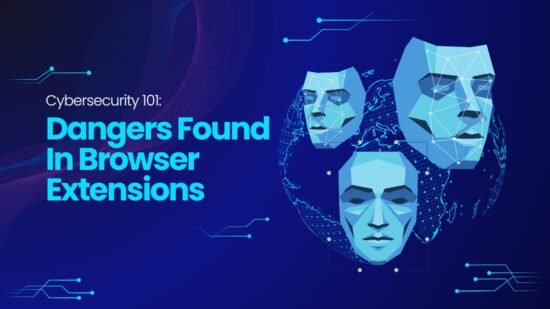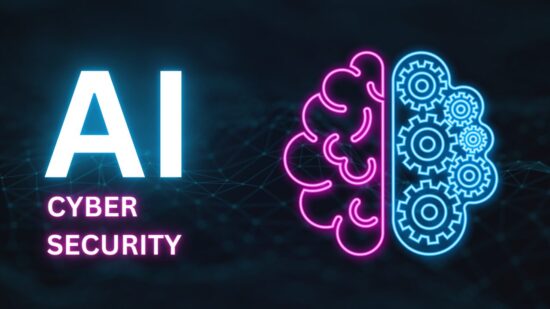Is Your Organization Vulnerable to Cybersecurity Breaches Arising from Non-IT Practices?
As our world becomes increasingly interconnected, businesses must be ever-vigilant in safeguarding sensitive data. While IT policies remain essential in mitigating cyber threats, it is also critical to understand how non-IT practices can inadvertently expose companies to cybersecurity risks. In this comprehensive exploration, we’ll delve into real-world examples shared by Mark Veldhoff, a cybersecurity expert with Envizion IT, and analyze the potential implications of these often-overlooked threats. With this knowledge, businesses can take appropriate measures to secure their valuable data and avert potentially disastrous consequences.
Unmasking the Hidden Perils of Non-IT Practices
Mark Veldhoff’s insights shed light on the subtle yet dangerous ways non-IT-related policies can leave businesses vulnerable to cyberattacks. One prevalent example is emails for transmitting forms concerning payroll and human resources. Such electronic documents frequently contain sensitive information about employees and the organization, making them prime targets for cybercriminals. Hackers can exploit unsuspecting organizations and their personnel by intercepting emails and returning them with falsified data.
Identifying and Assessing the Risks
To effectively counteract these hazards, organizations must proactively identify and assess the potential risks posed by their non-IT policies. This process entails scrutinizing existing practices, pinpointing areas where data may be susceptible to unauthorized access or manipulation, and devising strategies to address these vulnerabilities.
Building a Culture of Cybersecurity
A key component in addressing these cybersecurity challenges is fostering a culture of security awareness among employees. This includes implementing comprehensive training programs that educate staff on the significance of cybersecurity and empower them to recognize and respond to threats such as phishing emails and dubious online activity. Furthermore, organizations should establish explicit guidelines for securely managing sensitive information and conduct periodic audits to ensure adherence to these protocols.
The Digital Dilemma: Balancing Efficiency, Security, and Innovation
It is noteworthy that Mark Veldhoff proposes that reverting to more traditional communication methods, like paper forms, could be a viable solution in some instances. While this suggestion may appear anachronistic in our digital age, it underscores the importance of balancing efficiency, security, and innovation when evaluating organizational policies. Businesses can make well-informed decisions that optimize productivity and data security by carefully weighing various approaches’ unique risks and advantages.
Collaboration and Communication: The Key to Robust Cybersecurity
Collaboration and communication across departments are essential to maintaining robust cybersecurity. This involves fostering a continuous dialogue between IT and non-IT teams, ensuring that all stakeholders know potential risks and clearly understand their roles and responsibilities in safeguarding the organization’s data. Businesses can develop a unified strategy addressing IT and non-IT-related cybersecurity concerns by promoting cross-functional collaboration.
Conclusion
In today’s complex cybersecurity landscape, businesses must be vigilant in implementing robust IT policies and recognizing the potential risks presented by non-IT practices. Drawing from real-world examples like those provided by Mark Veldhoff, organizations can better comprehend the intricacies of modern data security and adapt their policies accordingly. By committing to ongoing education, open communication, cross-departmental collaboration, and a balanced approach to technology, businesses can lay a solid foundation for safeguarding their data from the ever-evolving threats that loom in the digital world.
Contents
- 1 Is Your Organization Vulnerable to Cybersecurity Breaches Arising from Non-IT Practices?
- 2 Unmasking the Hidden Perils of Non-IT Practices
- 3 Identifying and Assessing the Risks
- 4 Building a Culture of Cybersecurity
- 5 The Digital Dilemma: Balancing Efficiency, Security, and Innovation
- 6 Collaboration and Communication: The Key to Robust Cybersecurity
- 7 Conclusion



